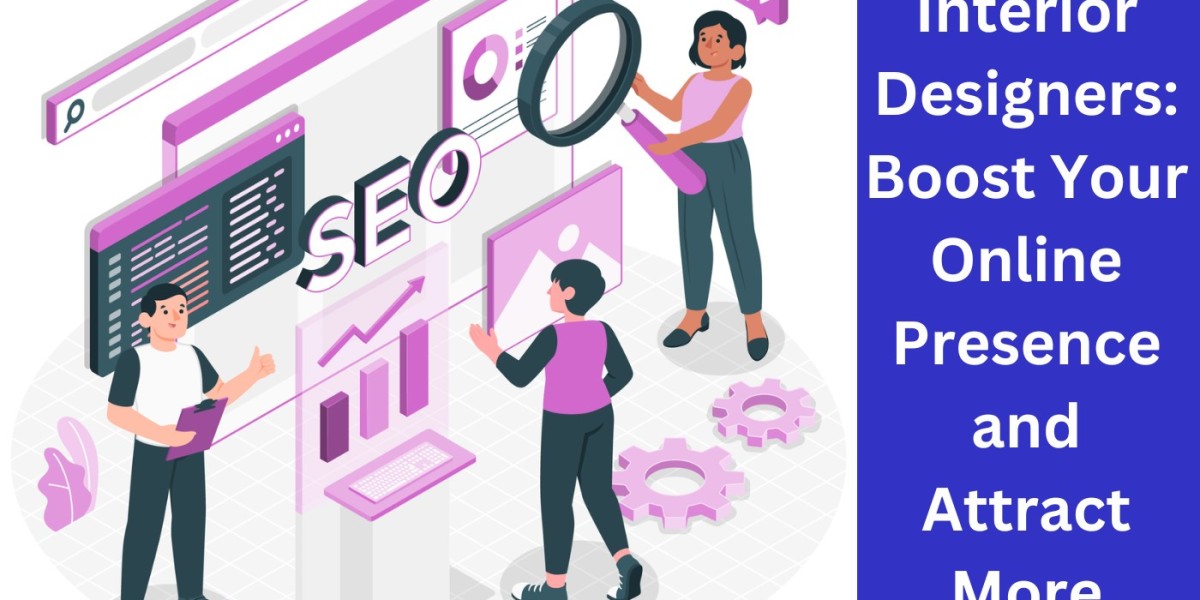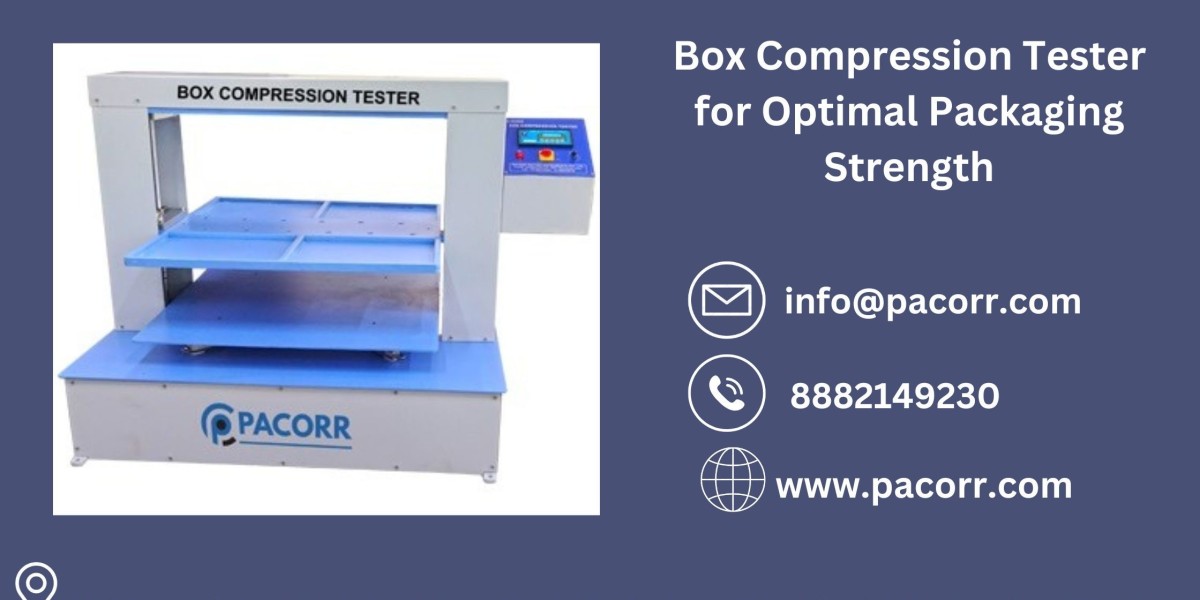In the competitive world of interior design, a visually appealing website and stunning portfolio might not be enough to bring in the clients you deserve. While your skills in creating beautiful spaces are unquestionable, how do you make sure that the right people can find you? That's where SEO, or Search Engine Optimization, becomes a game-changer. In a time when most consumers turn to Google to find services like interior design, ensuring your online presence ranks high in search results is essential for growing your business and attracting the right clients.
But where do you start, and what specific strategies should interior designers focus on to get the best results? This blog will break down key SEO strategies tailored to interior designers, helping you boost your online visibility and turn website visitors into long-term clients.
Why SEO Matters for Interior Designers
You might wonder: Why is SEO so important for my interior design business? Well, the majority of online experiences begin with a search engine. According to recent studies, over 70% of clicks go to the first page of Google’s search results. If your business is not showing up when potential clients search for interior design services, you're missing out on valuable opportunities.
SEO is the practice of optimizing your website to improve its ranking in search results. It’s about making your website easy to find and ensuring it provides relevant, valuable content for your audience. The right SEO strategies can help your business reach the people who need your services—people actively looking for interior designers.
Key SEO Strategies for Interior Designers
Now, let’s break down the top SEO strategies you need to implement to boost your online presence.
1. Optimizing Your Website for User Experience (UX)
The foundation of SEO starts with a well-designed, user-friendly website. Your website is the first impression many potential clients will have of your interior design business, so it must leave a lasting positive impact.
- Responsive Design: Ensure your website is mobile-friendly. A significant portion of online searches comes from mobile devices, so a responsive design is critical for both user experience and SEO.
- Page Speed: Slow-loading websites are a huge turn-off for visitors and search engines alike. Optimize your website’s speed by compressing images, using browser caching, and minimizing the number of plugins.
- Clear Navigation: Ensure your website is easy to navigate, with clear categories and straightforward calls to action. Visitors should easily find your portfolio, services, contact information, and blog posts.
2. Keyword Research: Speak Your Clients’ Language
To attract the right traffic, you need to know the words your potential clients are using to search for interior design services. This is where keyword research comes in.
- Long-Tail Keywords: While broad terms like "interior designer" might be too competitive to rank for, long-tail keywords such as "affordable interior designers in [city]" or "luxury home interior design ideas" can help you target more specific searches.
- Local SEO: Most interior design clients are searching for services in specific locations. Target location-based keywords (e.g., "interior designers in New York") to improve your chances of ranking for local searches.
3. On-Page SEO: Optimize Every Page
Once you’ve identified your target keywords, it’s time to apply them to your website. On-page SEO refers to the techniques you use directly on your website to improve its visibility on search engines.
- Title Tags and Meta Descriptions: Your title tag is one of the most important on-page elements for SEO. Include your target keyword in your title tag (e.g., “Top Interior Designers in [City]”) to help search engines understand your page’s content. Also, write compelling meta descriptions to encourage clicks.
- Optimizing Images: As an interior designer, your website likely features a lot of images. Search engines can’t "see" images the way humans can, so it’s essential to use descriptive filenames and alt text for each image. This will help your site rank higher in image search results.
- Header Tags: Use header tags (H1, H2, H3) to organize your content. Your primary keyword should appear in your H1 tag, and other relevant keywords should be sprinkled throughout the subheadings.
4. Content is King: Blogging for Interior Designers
Content marketing is a powerful way to establish your authority and attract organic traffic to your website. Regularly posting valuable, keyword-rich content will not only help with SEO but also position you as a trusted expert in your field.
- Write Informative Blog Posts: Consider writing blog posts that answer common questions or provide useful tips, such as “How to Choose the Right Color Palette for Your Home” or “Top 10 Interior Design Trends for 2025.”
- Case Studies and Client Testimonials: Show potential clients the results you’ve achieved with previous projects. Posting detailed case studies or client testimonials can build trust and help with SEO, as it gives your site more relevant content.
5. Local SEO: Get Found in Your Area
For interior designers, local SEO is incredibly important. You want to be visible to people searching for design services in your city or region. Here’s how to optimize for local search:
- Google My Business: Create or optimize your Google My Business listing. This allows your business to appear in local search results and Google Maps.
- Local Directories: Get listed on local business directories like Yelp, Yellow Pages, and local chamber of commerce websites. These listings provide valuable backlinks and can help your business appear in search results.
- Local Reviews: Encourage clients to leave reviews on Google and other platforms. Positive reviews build your credibility and influence potential clients' decisions.
6. Off-Page SEO: Building Your Brand’s Authority
Off-page SEO refers to activities that happen outside your website but still impact your search rankings. These activities help build your website’s authority and trustworthiness in the eyes of search engines.
- Link Building: One of the most effective off-page strategies is building backlinks from reputable websites. Try to earn backlinks by writing guest posts for design blogs or collaborating with influencers in your industry.
- Social Media Engagement: Actively engage on social media platforms like Instagram, Pinterest, and Houzz, which are particularly important for interior designers. Share your designs, interact with your followers, and encourage others to share your content.
7. Tracking and Analytics: Measuring Your Success
Once your SEO strategies are in place, it’s crucial to measure their effectiveness. Use tools like Google Analytics and Google Search Console to track how well your website is performing.
- Traffic Sources: Monitor where your website traffic is coming from (organic search, social media, referrals) to understand which strategies are working best.
- Keyword Rankings: Keep an eye on your keyword rankings. Are your target keywords moving up in search results? If not, it’s time to refine your approach.
- Conversion Rates: Ultimately, the goal of SEO is to convert visitors into clients. Track how many visitors are filling out your contact form, calling you, or booking consultations.
Conclusion: Ready to Transform Your Interior Design Business?
SEO is an essential tool for any interior designer looking to expand their online presence and attract more clients. By implementing the right SEO strategies—such as optimizing your website, creating valuable content, and focusing on local search—you can significantly improve your rankings and drive targeted traffic to your site.
With the right approach, your interior design business can thrive in a competitive online landscape. If you’re ready to take your SEO to the next level and boost your business growth, consider partnering with experts in offshore SEO services.


